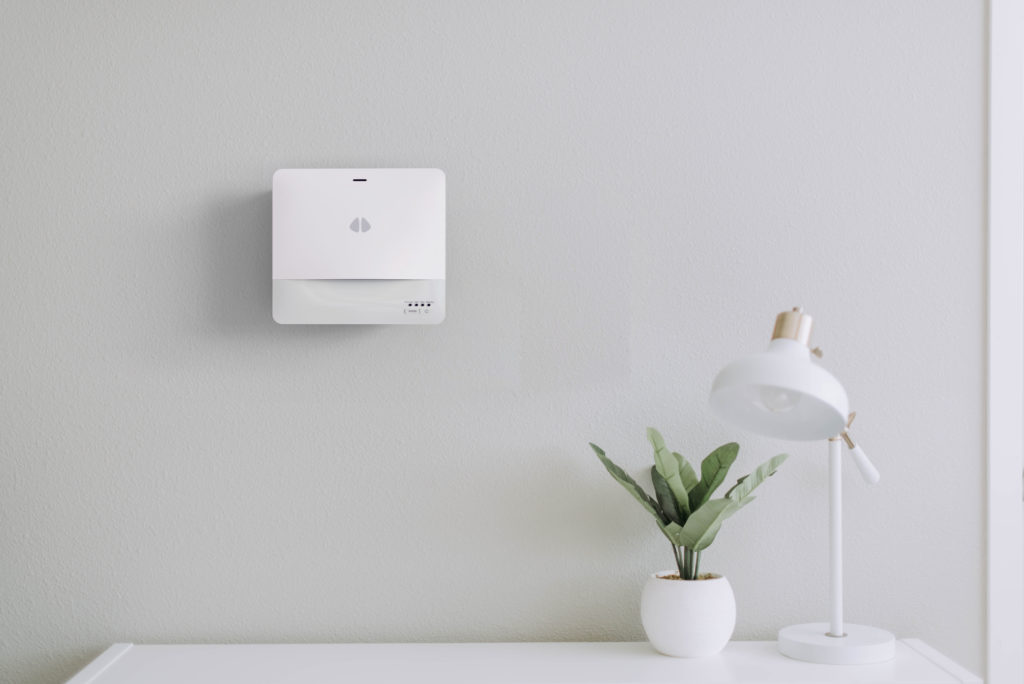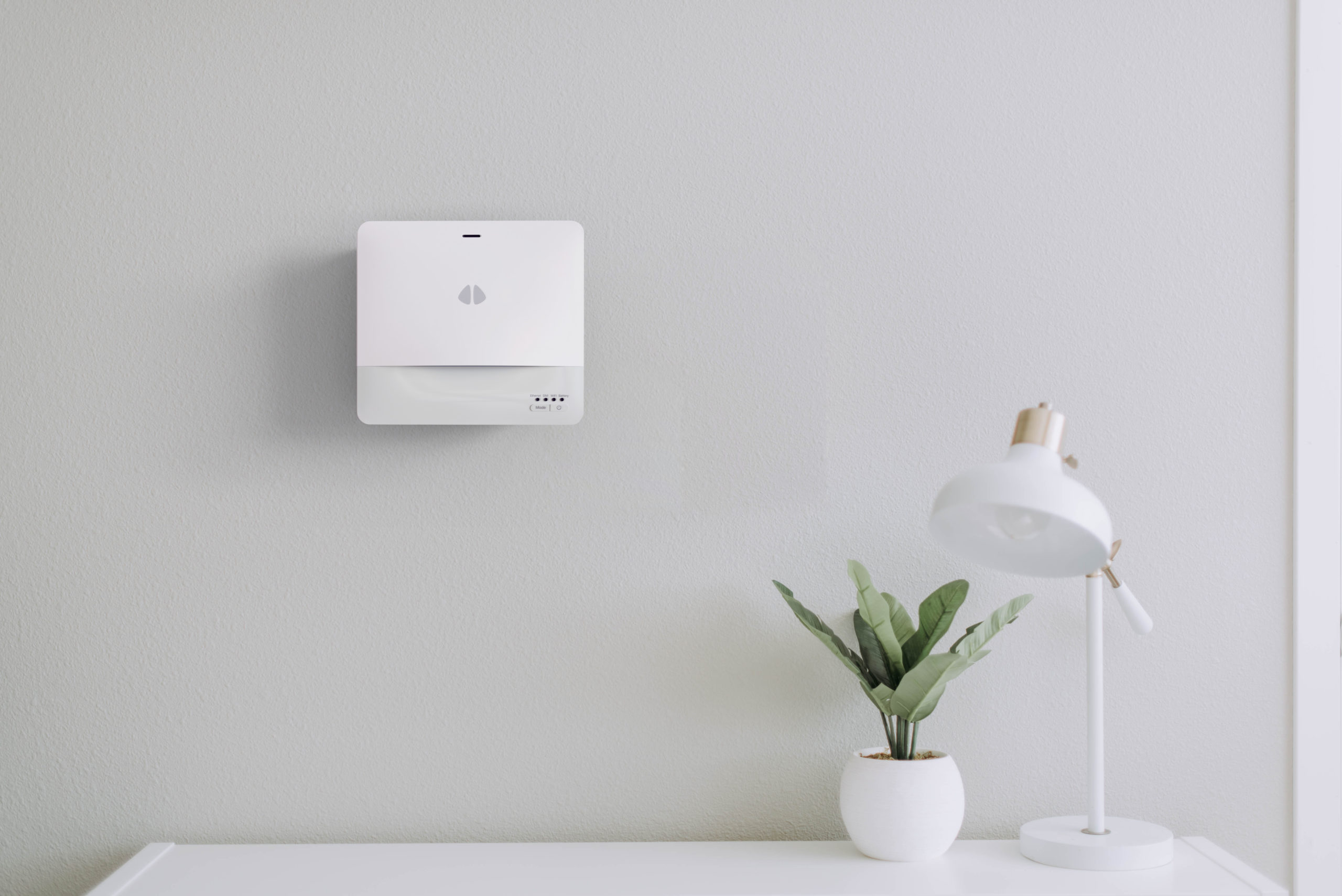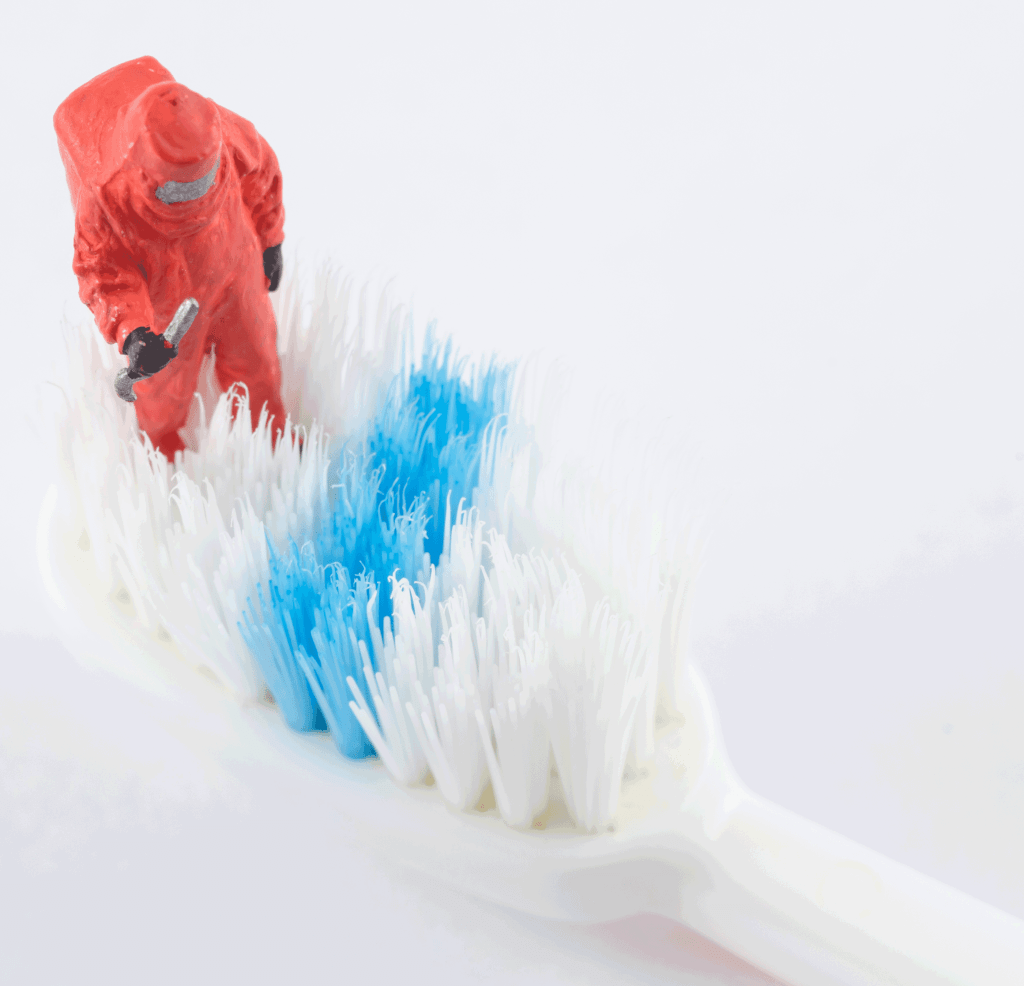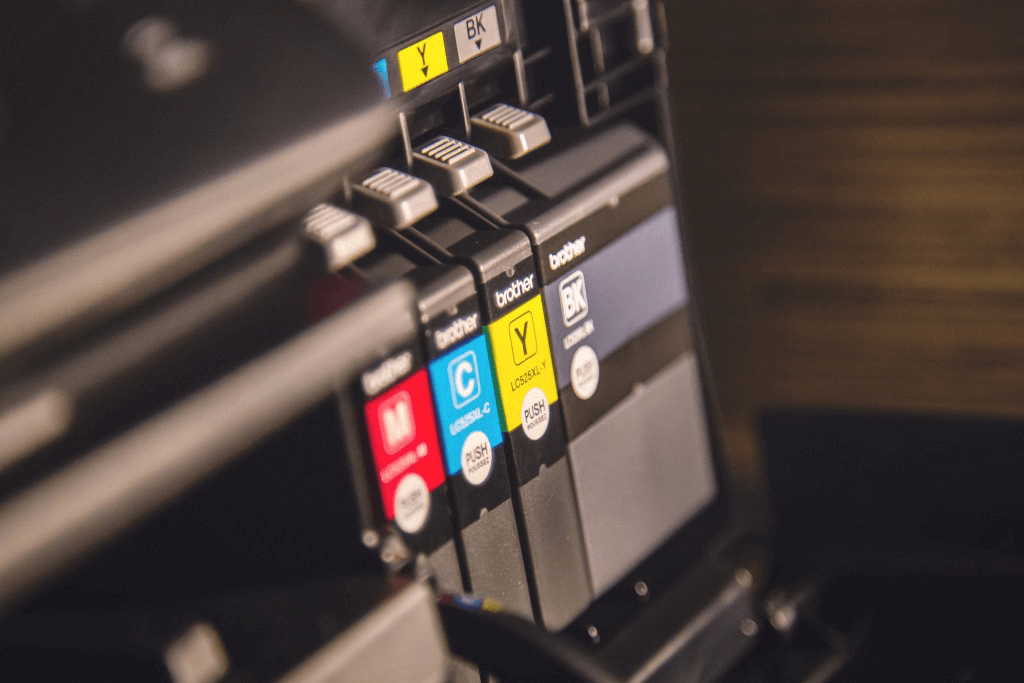
Many building owners and facility managers seek guidance on which indoor air quality monitoring device works best for their needs or otherwise is most suitable for the task at hand. In measuring air quality parameters, the precision and accuracy of sensors play an important role because they ensure that readings are as close to the actual values as possible. Accurate and verified measurements allow building managers to diagnose air quality conditions with confidence and provide helpful guidance for addressing issues and providing safety and well-being.
The air quality monitoring sensors of uHoo Aura undergo rigorous testing and calibration during the manufacturing process, knowing that reliable performance is paramount. Each sensor is individually calibrated and tested to drive accuracy to a maximum. uHoo Aura sensors are subjected to quality control programs – from testing in fully sealed chambers under controlled environment, cross-checking measurement with golden samples and reference equipment, to calibrating sensors – ensuring that each device that leaves the assembly meets the published technical specifications. Additionally, each device is assigned a unique serial number that ensures complete quality control and factory calibration. The components used and the measurements for every unit can be tracked in case of any issues and further analysis is required.
Sensor Technologies used by uHoo Aura
Sensor technology captures information using physical, chemical, or biological property quantities and converts them into readable signals. uHoo Aura’s sensors boast the highest degrees of accuracy and ease of operation available today.
uHoo Aura also uses an auto-calibration algorithm for the following sensors: carbon dioxide (CO2), nitrogen dioxide (NO2), ozone (O3), formaldehyde (HCHO) and volatile organic compounds (VOC). The sensor logic allows periodic calibration to be performed using statistical analysis to improve accuracy over time. The first calibration takes place after 24 hours, and subsequent calibrations occur every 24 hours or 168 hours (7 days), depending on which sensor.
Benefits of auto-calibration
- Reduce sensor-to-sensor variations both short-term and long-term
- Account for sensor drift that comes with ageing of infra-red light source
- Ensure long-term stability of measurements
Take a closer look at uHoo Aura’s parameter specifications:
Temperature
- Sensor Technology: Micro-electromechanical systems
- Range: -40 to 85ºC
- Resolution: 0.1ºC
- Accuracy: ±0.5°C
- Warm-up: Not required
Relative Humidity
- Sensor Technology: Micro-electromechanical systems
- Range: 0 – 100%
- Resolution: 0.1%
- Accuracy: ± 3%
- Warm-up: Not required
Air Pressure
- Sensor Technology: Micro-electromechanical systems
- Range: 300 to 1,100 mBar
- Resolution: 0.1 mBar
- Accuracy: ± 1 mBar
- Warm-up: Not required
Light
- Sensor Technology: Ambient Light Sensing
- Range: 0 to 40,000 lux
- Resolution: 1 lux
- Accuracy: ± 20 lux or ± 5% of actual value
Sound
- Sensor Technology: Digital MEMs microphone
- Range: 30 to 120 dB
- Resolution: +/- 1dB
- Accuracy:
- Sensitivity: -26 dBFS
- SNR: 64 dB
- AOP: 122.5 dB SPL
PM1
- Sensor Technology: Laser Scattering
- Range: 0 to 1,000 μg/m3
- Resolution: 1 μg/m3
- Accuracy: ± 10 μg/m3 (0 to 100 μg/m3) | ± 10% (100 to 1,000 μg/ m3)
- Warm-up: Not required
PM2.5
- Sensor Technology: Laser Scattering
- Range: 0 to 1,000 μg/m3
- Resolution: 1 μg/m3
- Accuracy: ± 10 μg/m3 (0 to 100 μg/m3) | ± 10% (100 to 1,000 μg/ m3)
- Warm-up: Not required
PM4
- Sensor Technology: Laser Scattering
- Range: 0 to 1,000 μg/m3
- Resolution: 1 μg/m3
- Accuracy: ± 25 μg/m3 (0 to 100 μg/m3) | ± 25% (100 to 1,000 μg/ m3)
- Warm-up: Not required
PM10
- Sensor Technology: Laser Scattering
- Range: 0 to 1,000 μg/m3
- Resolution: 1 μg/m3
- Accuracy: ± 25 μg/m3 (0 to 100 μg/m3) | ± 25% (100 to 1,000 μg/ m3)
- Warm-up: Not required
TVOC
- Sensor Technology: Metal Oxide
- Range: 0 to 60,000 ppb
- Resolution: 1 ppb
- Accuracy: ± 15%
- Warm-up: 24 hours after first time use. Update calibration every 24 hours (if sensor detects a new clean-air baseline)
Carbon Dioxide
- Sensor Technology: Dual-channel NDIR
- Range: 400 to 10,000 ppm
- Resolution: 1 ppm
- Accuracy: ± 30 ppm plus 3% of actual value
- Warm-up: 24 hours after first time use. Calibration updates every 168 hours (if sensor detects a new clean-air baseline)
Carbon Monoxide
- Sensor Technology: Electrochemical
- Range: 0 to 1,000 ppm
- Resolution: 0.1 ppm
- Accuracy: ± 2 ppm
- Warm-up: Not required.
Formaldehyde
- Sensor Technology: Electrochemical
- Range: 0 to 2,000 ppb
- Resolution: 1 ppb
- Accuracy:
- ± 30 ppb (0 to 300 ppb)
- ± 10% (300 to 2,000 ppb)
On top of auto-calibration technology, uHoo Aura also has a modular design and replacement technology. The modular design and replacement technology makes it easy to perform routine maintenance by simply replacing existing sensor modules with new ones in case a sensor is damaged during use. Once the sensor module is replaced, the auto-calibration technology automatically kicks in as well for the new module to ensure its performance.
Measuring, monitoring, and controlling air quality in workspaces starts with using an accurate device. Make sure that you carefully select your air quality monitoring device by getting to know its performance characteristics, using it as directed and maintaining and calibrating it accordingly.
Discover uHoo Aura and explore ways to take control and ensure safety and wellness in your workplace. Contact us now and let us assist you through the process of improving the air quality in your facility.







